850+
Organizations use Psylaris products
5500+
Therapists use our software worldwide
75.000+
Completed sessions with our applications
All about anxiety disorders
Scroll down to start reading, or use the table of contents.
There may be various situations that you can describe as exciting. This is often a healthy tension, but you may still feel a knot in your stomach or have sweaty hands. Consider, for example, situations such as a job application, an exam at school, a driving test or a first day at work or in your new class. Exciting situations, but they are temporary. Once you experience the situation or when it is over, the tension is gone too. Try to imagine you experience this feeling all the time or much more intens. You are then suffering from an anxiety disorder.
Anxiety disorders come in various forms. Although many anxiety disorders have similar symptoms, certain symptoms can be very specific. Therefore, we provide a small overview of the most common anxiety disorders.
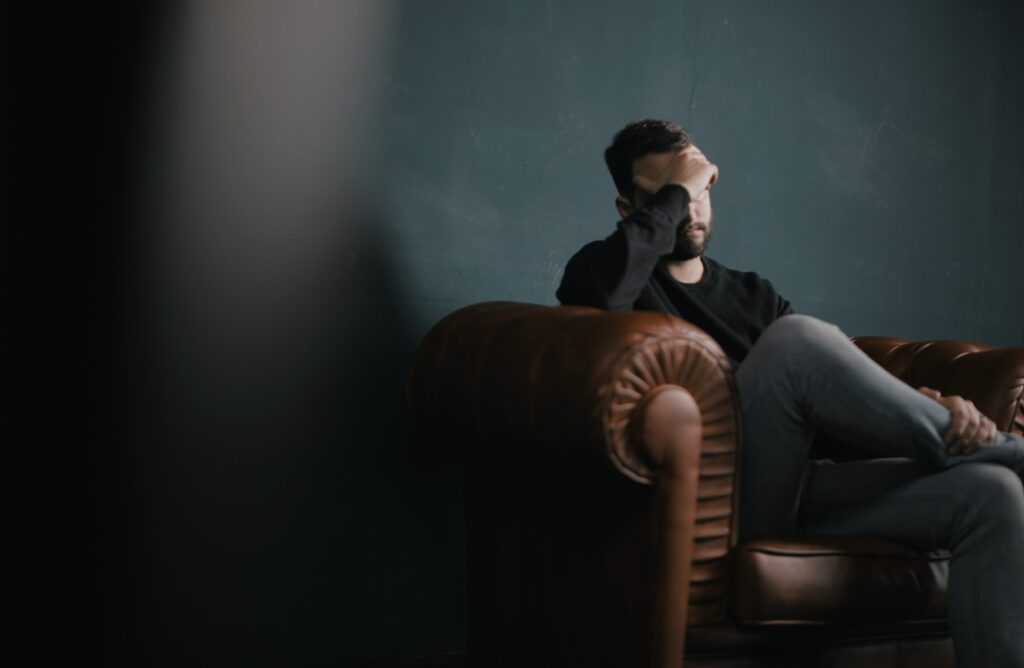
Panic disorder usually involves a short, intense attack of panic. This often depends on the situation you are afraid of. Many symptoms of a panic disorder are experienced physically, such as heart palpitations, sweating and breathlessness. In severe panic disorder, you may even faint.
Social anxiety disorders mainly involve fear in certain social situations. Thus, you are either afraid of being in front of people or of doing something in public, such as giving a speech or a presentation. People who suffer from social anxiety disorder can close themselves off socially and as a result become lonely and isolated. isolation end up.
With an obsessive-compulsive disorder, you suffer from compulsive thoughts, which often lead to compulsive actions. These compulsive actions arise precisely because you want to prevent the compulsive thoughts. You can argue it is a kind of compensation for the thoughts you want to suppress. Another name for a compulsive disorder is Obsessive Compulsive Disorder (OCS).
A post-traumatic stress disorder is the result of a traumatic experience that you have gone through and cannot get over. Because of this, the trauma keeps coming back in your mind. Processing the trauma in itself takes a while, but in case of PTSD the trauma has such an impact that you are no longer able to lead a normal life. A PTSD can produce very serious symptoms, such as depression or even suicidal thoughts.
One can speak of a phobia if one is extremely anxious in certain situations. This mainly concerns exaggerated and unfounded fears. You know this, but you try, for example, to prevent a panic attack, to avoid situations where you are afraid of the worst. avoid. This can also have far-reaching consequences, such as ending up in social isolation.
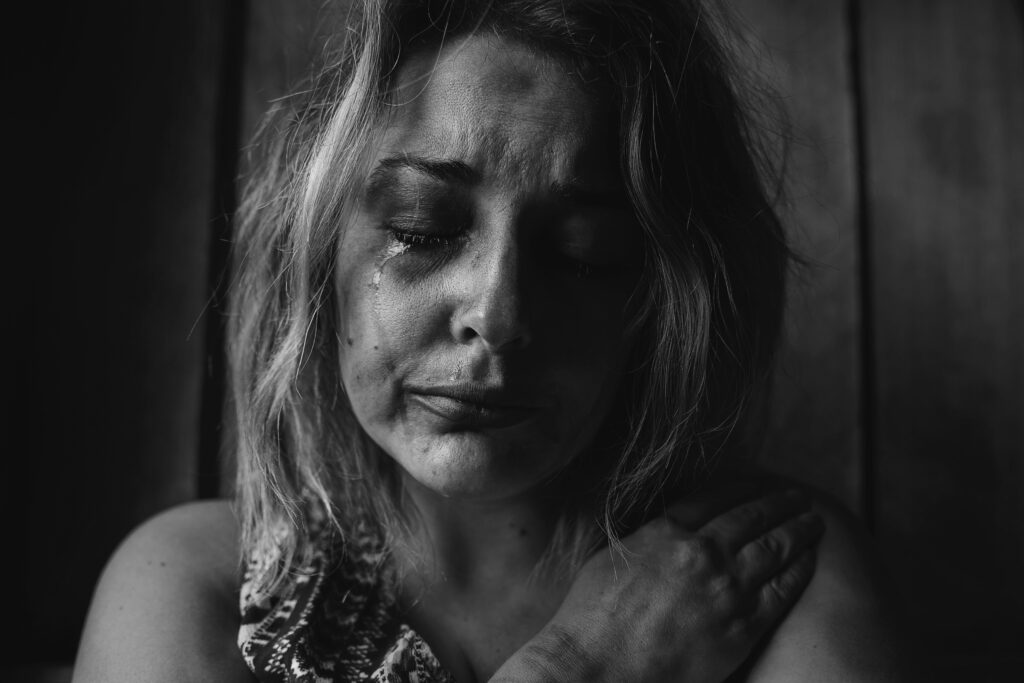
Many symptoms of the different types of anxiety disorders are similar. Apart from the specific symptoms of the different types of anxiety disorders, some recognisable symptoms are: headaches, sweating, palpitations, a short fuse, insomnia, being under pressure and stress and feeling very nervous. Some specific symptoms per disorder can be different, such as panicking, hyperventilating, trembling and shaking, stiffness, crying or fainting.
Everyone knows how to be anxious. This is a good thing, because the feeling of being anxious is a warning for you to be extra careful and/or alert. Excessive anxiety, without good reason, indicates a disorder and you should do something about it, such as seek treatment. However, it is useful to find out the causes of anxiety disorders. This makes it possible to provide appropriate treatment. The causes of anxiety disorders can be classified into:
There are several very specific types of anxiety disorders. Sometimes they have similarities to other anxiety disorders and sometimes it is a unique disorder with unique characteristics of its own, such as obsessive-compulsive disorder. It is important to know what disorder you suffer from and what causes it. If you can identify this, there is a specific treatment for it.
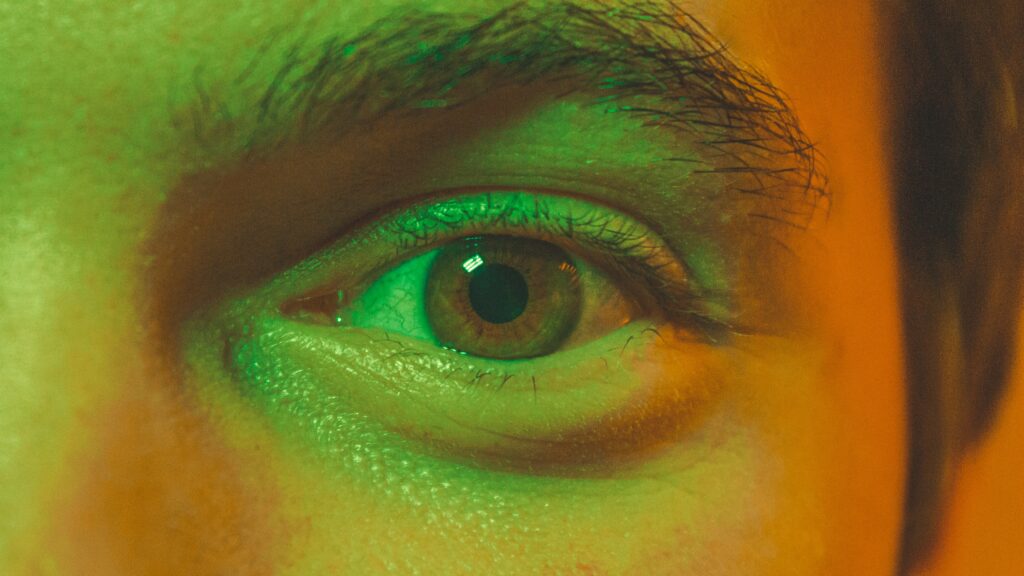
Not everyone will like being in a small and cramped space. Especially if you can't get away quickly, such as in a lift or a train compartment. Although many people do not like it, they will go through with it. It's different if you suffer from claustrophobia. Claustrophobia is a disorder that causes you to be afraid in small and confined spaces. In case of severe claustrophobic symptoms, you may even panic completely, have crying fits and fainting spells. Claustrophobia can lead to complete isolation and social isolation. It does not have to get that far, however, as claustrophobia is easy to treat.
Agoraphobia is like the opposite of claustrophobia. In this case, you are afraid of open spaces, especially where there is a lot of public. Think of shopping centres, the supermarket, the market or the cinema. With severe agoraphobiaInstead of being afraid of open spaces, you are afraid of having an anxiety or panic attack in an open space. Agoraphobia is also called agoraphobia, a reference to the word market. Because it is very important for your social life to visit public places, agoraphobia is very annoying. It is one of the anxiety disorders in which the risk of social isolation is high.
There are people who are very clean and tidy. But this is something quite different from oozing fear of dirt. The latter is a form of obsessive-compulsive disorder, in which you are compulsively cleaning and dealing with your own hygiene. Not just for a moment, but 24 hours a day. Important characteristics of MysophopbiaThese include cleaning the door handles every time they are used and excessive hand washing. Showering several times a day can also be a symptom of mysophobia. You have the constant feeling that you are dirty. With germaphobia you are a burden to yourself, but certainly also to your family members. That is why it is important to recognise mysophobia and to get treatment for it.
Everyone experiences busy and stressed moments. Usually this is only temporary. But try to imagine that you always have the feeling of tension and stress. You would literally never be able to relax. This is obviously very harmful for your body and you will have to deal with various health complaints. You can also become overworked or suffer a burn-out, in which case you will certainly drop out of work for a long time. So don't let it get that far. Investigate the underlying causes and seek treatment.
Fear of birds belongs to one of the very specific anxiety disorders. When you see birds, you may experience all the associated physical manifestations of anxiety disorder or have a panic attack. This does not only concern living birds, also images of birds or the smell of birds can have a frightening effect.
If you are afraid of elevators Then you have a form of claustrophobia. In a lift, you are locked in a small space and you cannot get out very quickly. This can lead to panic. You will also try to avoid every lift at all costs. No matter how high you have to go, you will take the stairs rather than get in the lift. Certain treatments can help you get rid of your fear of lifts.
Escalator anxiety, also known as escalaphobia, means that you are afraid of escalators. This is a disorder that doesn't greatly hinder you in daily life, but it is not pleasant. For example, if you work in a large office with escalators, you always have to take the normal stairs. Escalaphobia is treatable, so you might have the confidence to try the escalator after all.
If you are afraid of trains, this is called siderodromophobia. You can be afraid of both being in a train compartment and being on the platform. Train anxiety is often linked to claustrophobia. This is because you have the same anxious feelings of being locked up and you are afraid that you will not be able to get out if something happens. Fear of trains can have such an impact on daily life that you no longer dare to travel by train. Some people with train anxiety also have underground anxiety and do not dare to use public transport at all.
With fear of driving, you are afraid to get behind the wheel of a car and sometimes you can be anxious even as a co-driver. Some people are only afraid of certain stretches of road, such as highway anxiety. A cause of driving anxiety can be, for example, a car accident that you have experienced in the past. This has made you so afraid of driving that you no longer dare to get behind the wheel. That is why it is wise to seek professional help, otherwise there is a risk that you will not be able to go out anymore.
Whatever anxiety disorder you may be struggling with, overcoming your fear is in many cases quite possible. To do this, you need to choose the right anxiety disorder treatment. Depending on the cause, a particular treatment is possible.
If certain anxiety disorders are demonstrably caused by a trauma, a treatment for trauma processing is necessary. Often, the anxiety disorders disappear when the trauma is processed. This can be done with EMDR, among other things. This stands for Eye Movement Desensitization and Reprocessing. The goal of the session is to be distracted while thinking back to the trauma. By repeating this, you will be able to give the trauma a place and there will be less emotions involved when you think about it again. Compulsive and anxiety disorders will usually have disappeared once the trauma has been dealt with.

Cognitive behavioural therapy is all about changing thoughts and behaviour. When you go into panic mode, your thoughts are only negative. Whether it is fear of heights, fear of driving or fear of a lift, at that moment you can no longer think positively about what you are afraid of. During behavioural therapy your thoughts are turned around and realistic facts are presented. If you approach the situation from a completely different angle, certain anxiety disorders will also be seen differently and you will behave differently.
For almost all anxiety disorders, exposure therapy is very effective. For exposure therapy it is about confronting what you are afraid of. Are you afraid of elevators? Then you will be accompanied by the therapist into an elevator. This also applies to other fears of, for example, the train or vertigo. Facing the fearful moments will help you get used to them and see that nothing serious will happen.
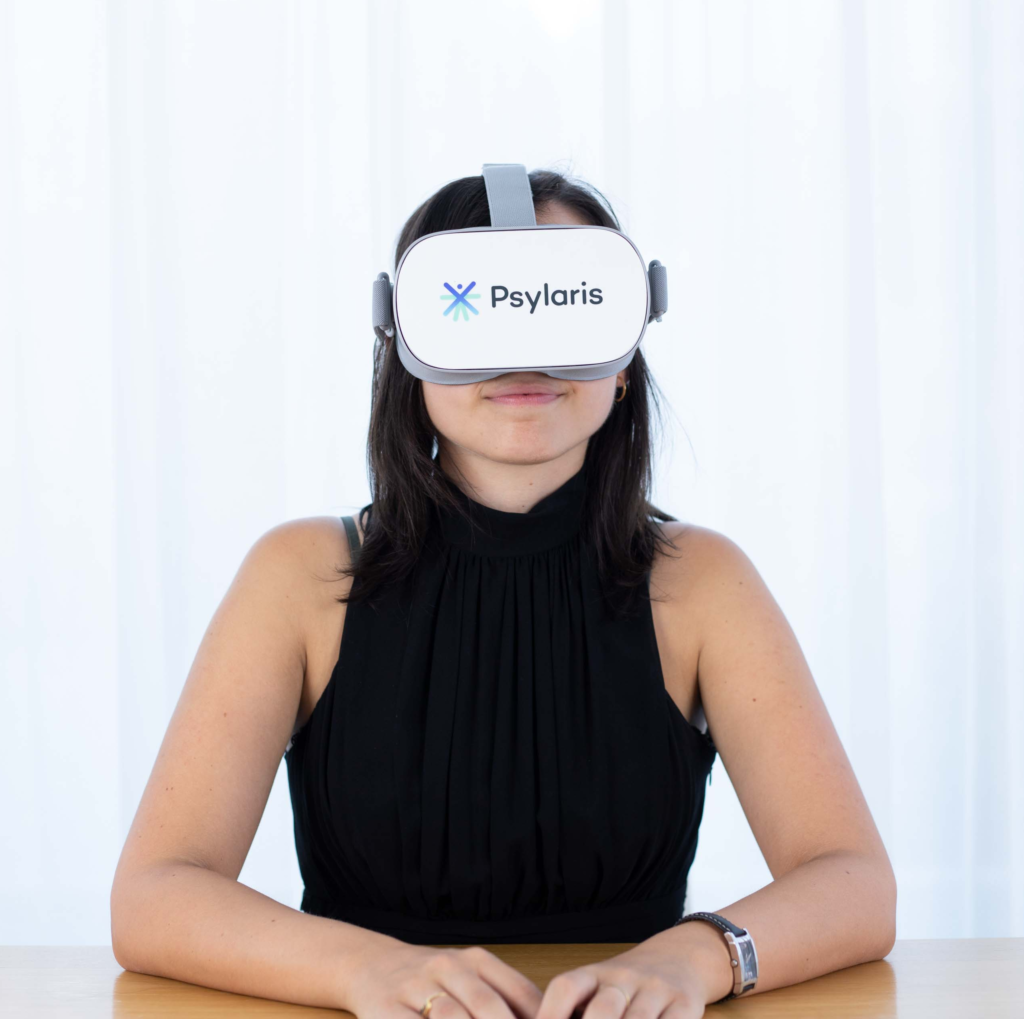
The goal of Psylaris is to support therapists even better with innovative techniques and tools. Virtual reality plays a leading role in this. With EMDR-VR and EMDR-plus an EMDR treatment is possible using virtual reality. The practitioner can use distraction tasks even better and the client can also be treated remotely. Virtual reality is ideally suited for exposure therapy. The client is confronted with his/her fears. It is no longer necessary to visit a physical location, such as an elevator in case of elevator fear or a shopping mall in case of agoraphobia. With the VR glasses on, the client is confronted with the fear in the safe environment of the treatment room or his/her home. Psylaris has developed modules for various types of fears that require exposure therapy. This saves costs and time, and the client can be treated more frequently, which results in a faster recovery.
We believe with the combination of intelligent software and qualified therapists we can develop a system in which everyone, anytime and anywhere has direct access to efficient and affordable psychological care.
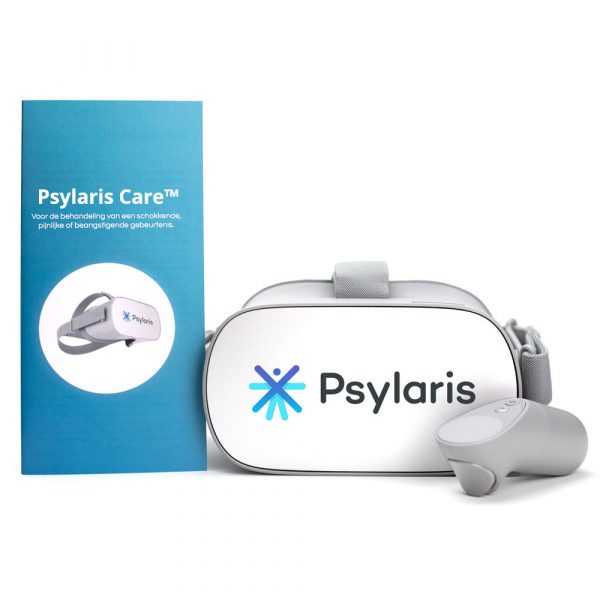
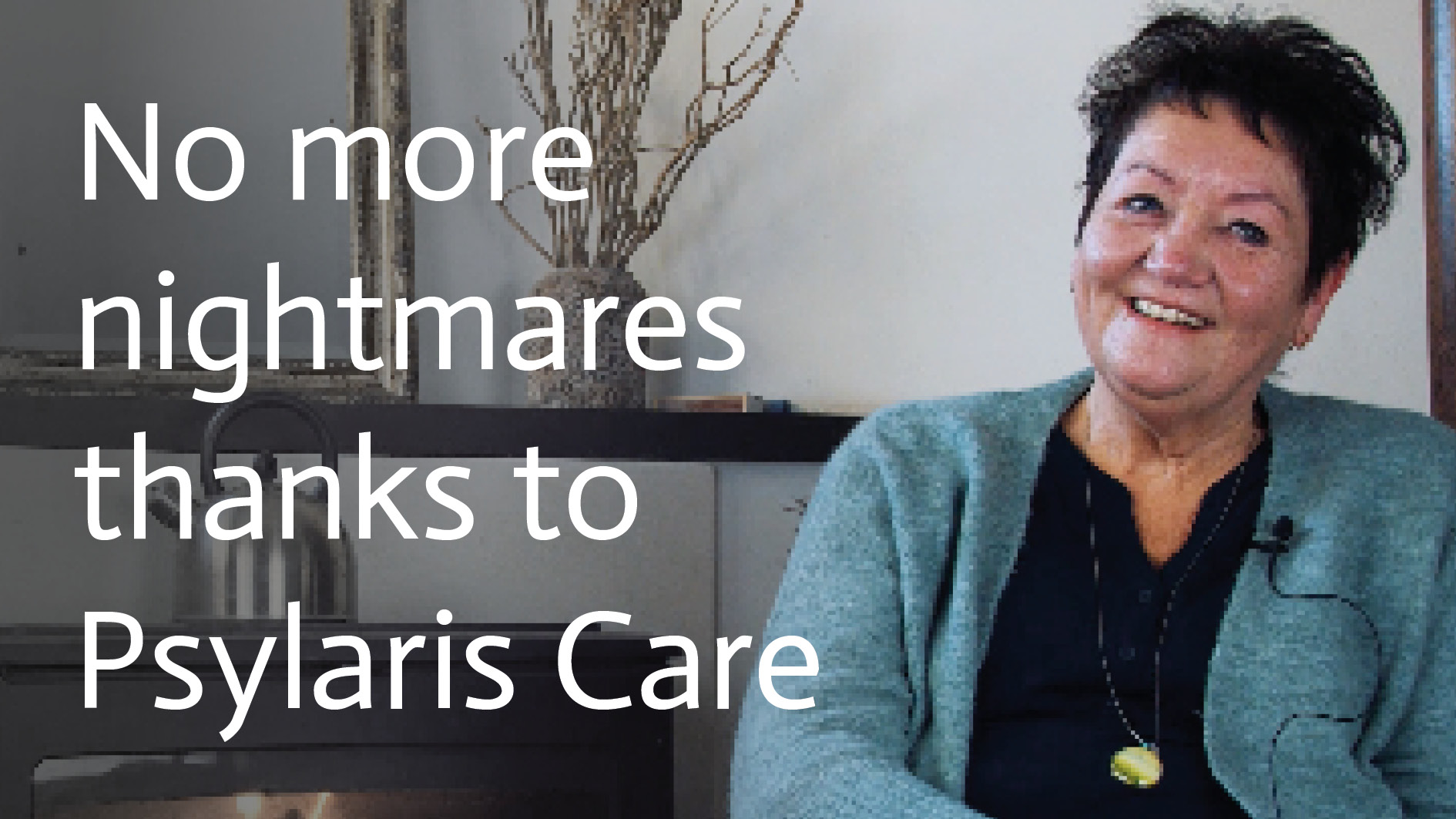
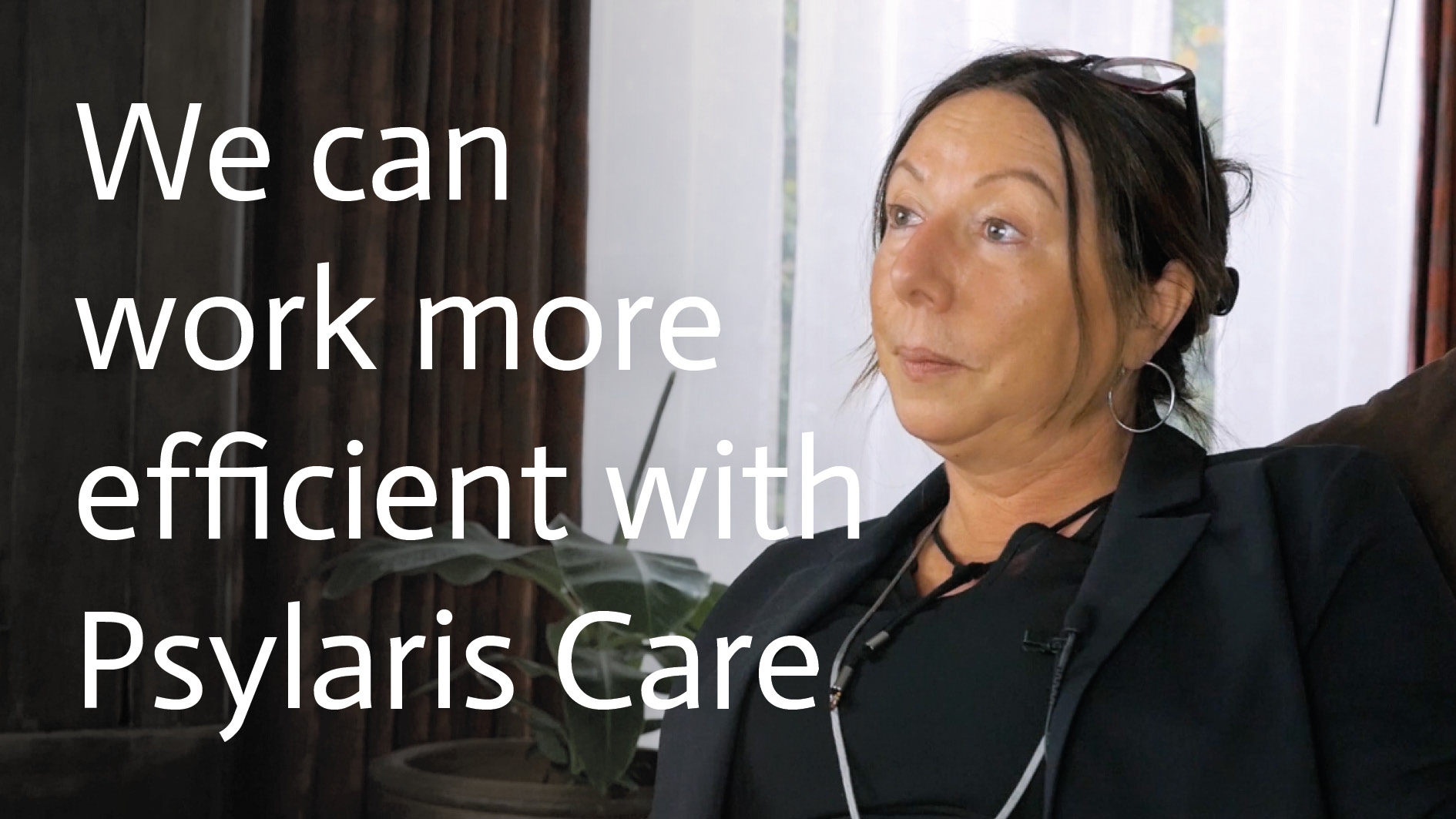
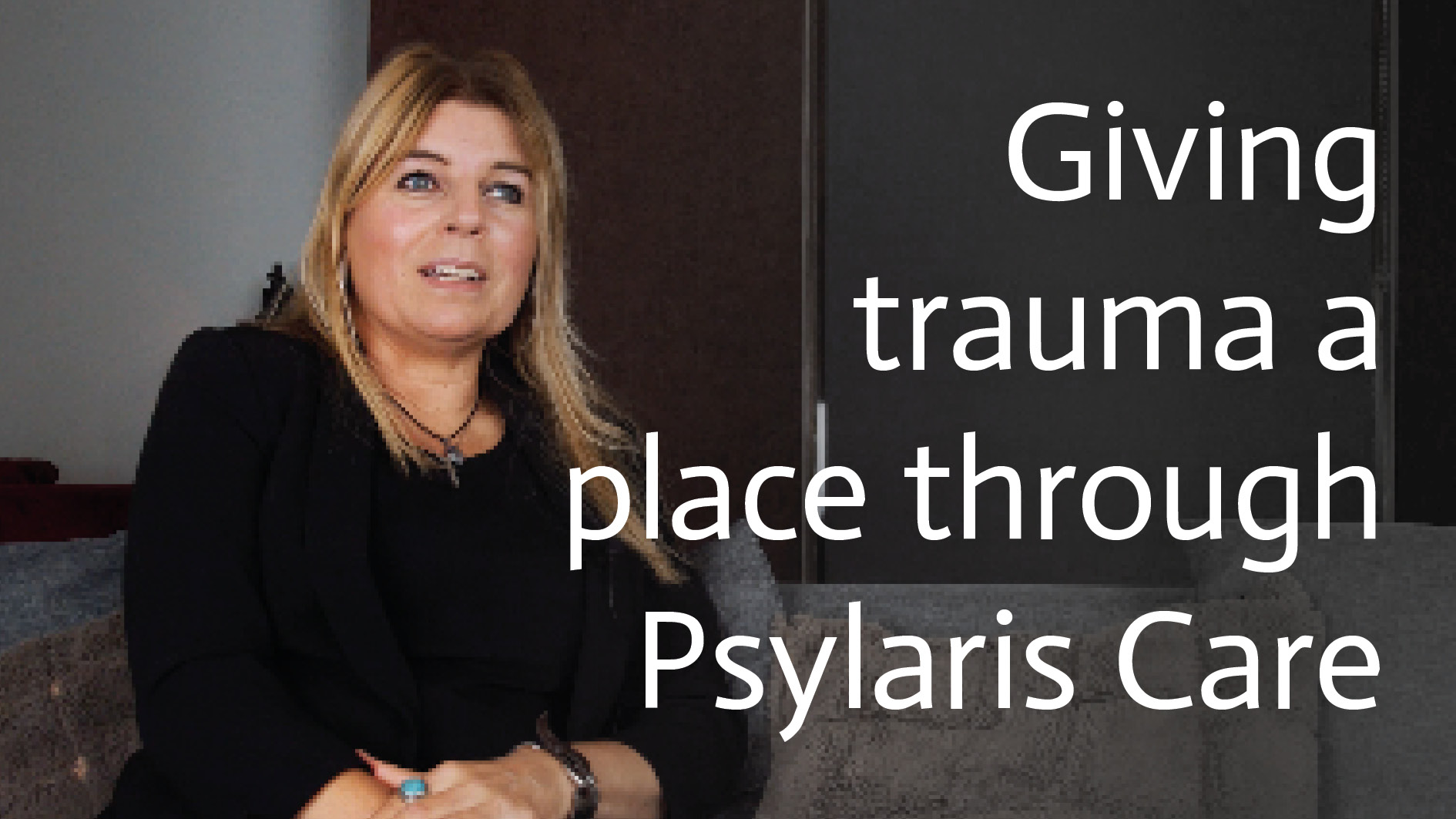
This website uses cookies to ensure that you get the best experience on our website.